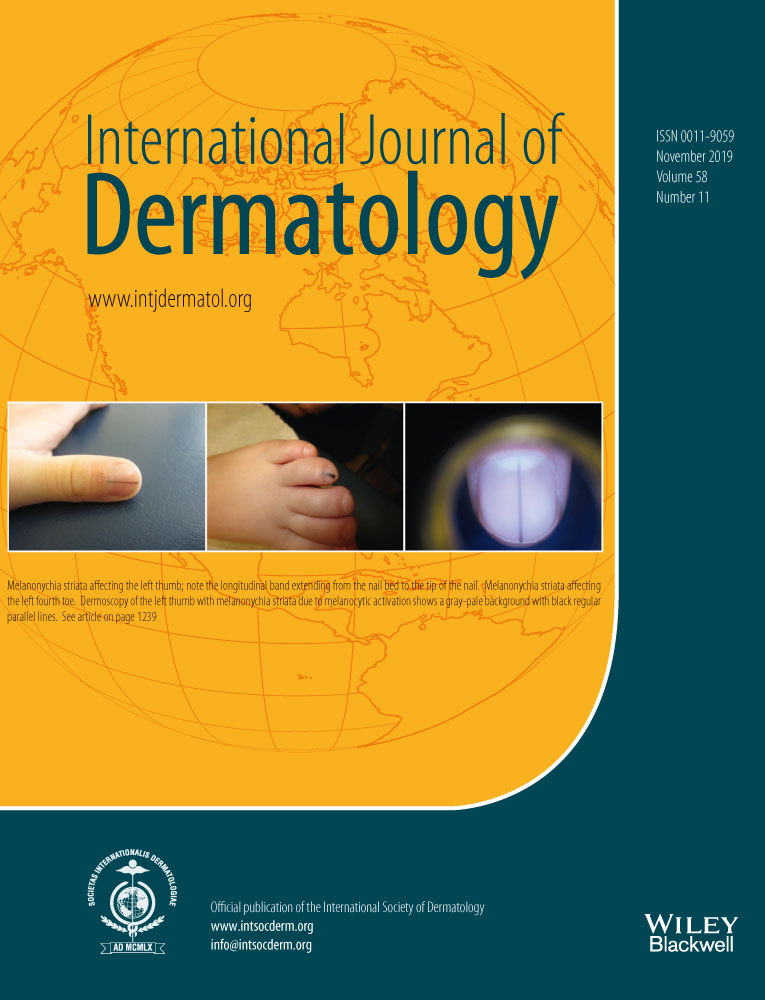Kaposi sarcoma in Southern Finland (2006–2018)
Abstract
Background
Kaposi sarcoma (KS) age-standardized incidence rate is below 0.3 per 100,000 in Nordic countries. Data on KS in Finland have been sparse.
Methods
A retrospective review of all the patients with KS cases managed in the Helsinki University Central Hospital between 2006 and 2018.
Results
Forty patients (median age at diagnosis 45 years, 38 males) were included. About 2.5 new cases were diagnosed per year (incidence 0.16 /100,000). The different subtypes of KS were: human immunodeficiency virus (HIV) (65%), classical KS (30%), and immunodepression (5%). Patients with HIV were significantly younger, more likely to have cutaneous lesions of the face, the trunk, and mucosal lesions, and KS within lymph nodes and inner organs. KS was diagnosed at the same time as HIV in 77% of cases, 28% with CD4-cell level above 300 cells/mm3. Among the patients with classical KS (n = 12), 75% were of Finnish origin, 41% had a second primary malignancy diagnosed, and 25% had noninsulin dependent diabetes mellitus. Among HIV patients, 27% had another AIDS-related illness, 7% of the patients developed lymphoproliferative disorders, and 7% a hemophagocytic syndrome. Patients with HIV were always treated with antiviral therapy, with pegylated liposomal doxorubicin in 57% of the cases. Local radiotherapy was the main treatment for other KS types. None of the 5 deaths during follow-up was related to KS.
Conclusions
Classical KS (KS-CLA) occurs among native Finns, frequently with other present malignancies. Screening of HIV and other malignancies is warranted in new cases of KS.




